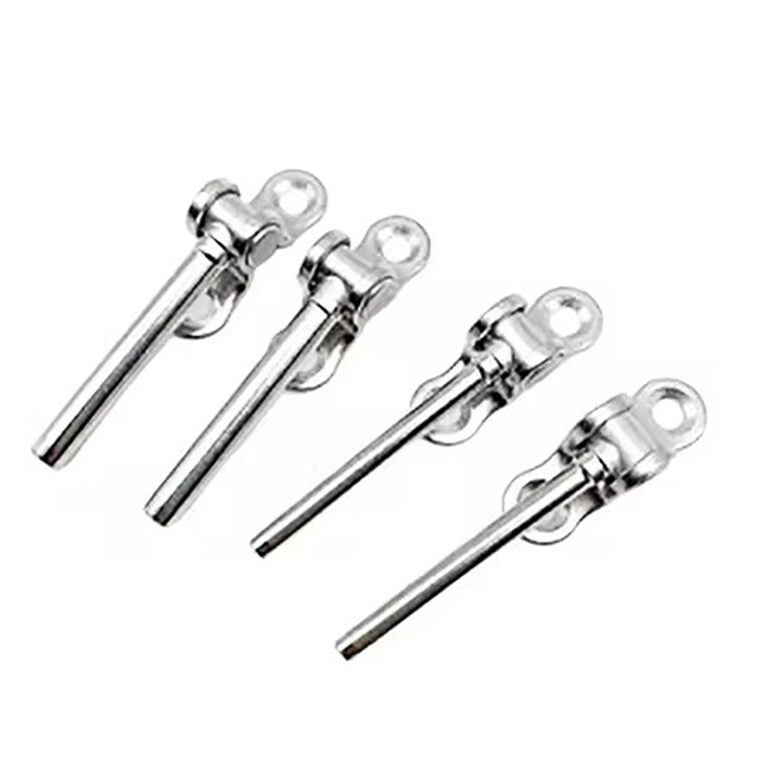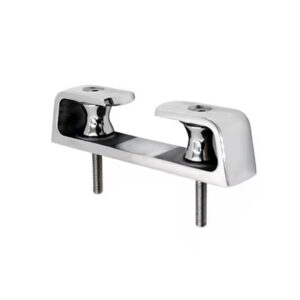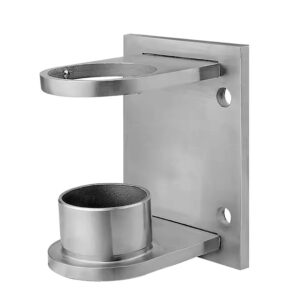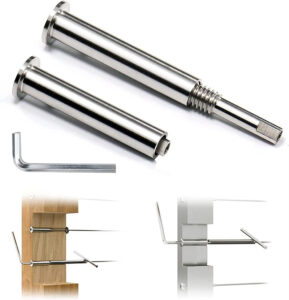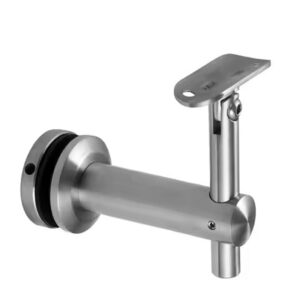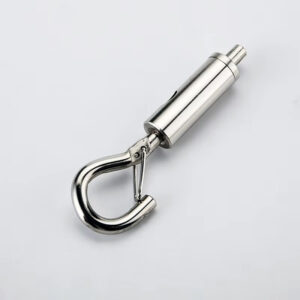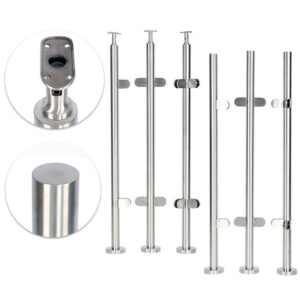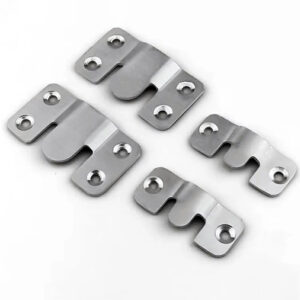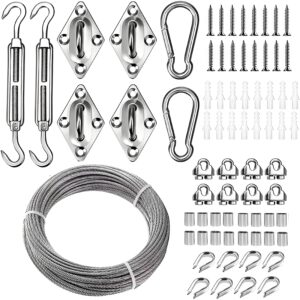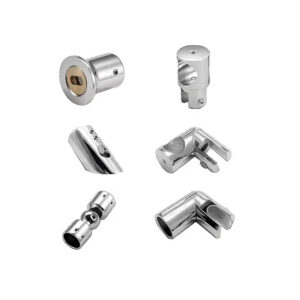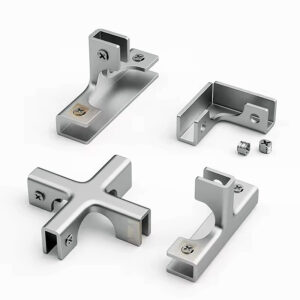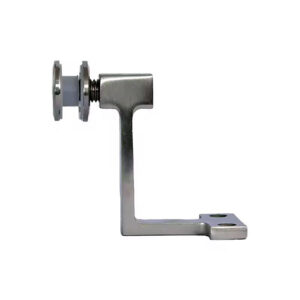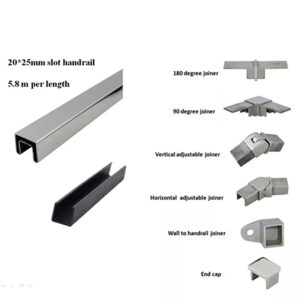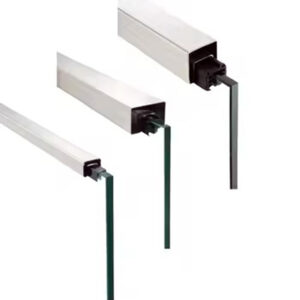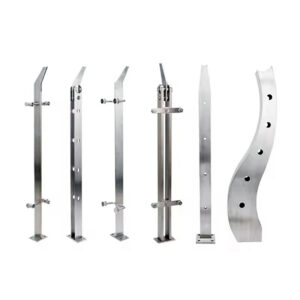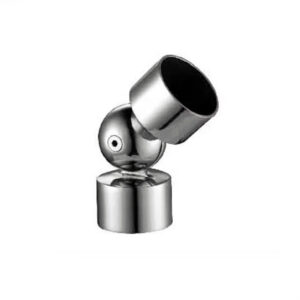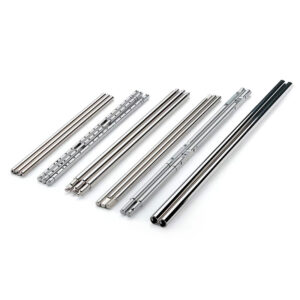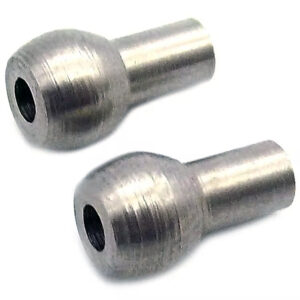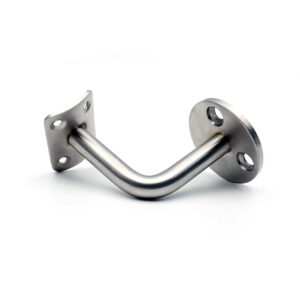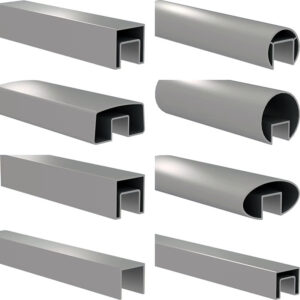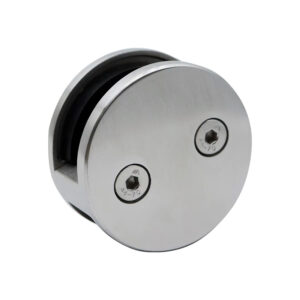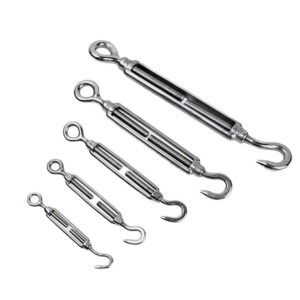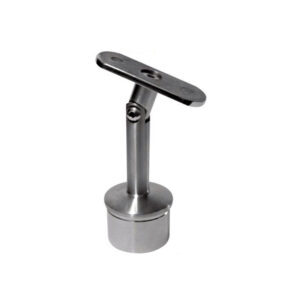Finding reliable surface mount cable hardware that actually delivers on its promises shouldn’t be this complicated. After 23 years in the stainless steel hardware business, we’ve learned that contractors, distributors, and engineers need systems that install cleanly, meet code requirements, and perform consistently over years of service. The challenge isn’t just finding individual components—it’s getting complete systems where everything works together from day one. Here’s what actually matters when selecting surface mount cable systems for your projects.
Complete Surface Mount Cable Hardware Systems
Core System Components
Surface Mount Cable Hardware Essentials
Our surface mount cable systems center on components that install efficiently and maintain tension reliably. The foundation includes surface-mounted posts designed for concrete, steel, or wood substrates, with integrated cable routing that eliminates field drilling. Cable tensioning hardware uses proven mechanics—turnbuckles and adjustable fittings that contractors can set quickly and maintain easily.
Precision Surface Mount Components
Post assemblies feature pre-machined cable passages aligned to standard spacing requirements. Surface mounting plates distribute loads properly across substrate materials, eliminating stress concentration points that cause failures. Cable end fittings use swage or mechanical connections proven in marine applications, adapted for architectural use.
Material Selection Reality
304 stainless works for most interior and dry exterior applications. 316 stainless handles coastal environments, pool areas, and industrial settings where chlorides or chemical exposure occurs. Surface mount cable fabrication 316L provides the highest corrosion resistance for demanding marine installations. The cost difference typically represents 15-20% of total project cost—reasonable insurance for long-term performance.
Modular System Advantages
Standardized components simplify inventory management and reduce installation variables. Posts, cables, fittings, and mounting hardware use consistent connection methods across the product line. This modularity cuts field assembly time and reduces the chance of compatibility issues during installation.
Custom Capabilities
Custom Surface Cable Manufacturing
Standard systems handle most applications, but unique architectural requirements sometimes demand custom solutions. Our marine grade surface cable ODM capabilities include modified post heights, specialized mounting configurations, and adjusted cable spacing to meet specific design requirements. Twenty-three years of manufacturing experience means we understand which modifications work reliably and which create problems.
Technical Specifications
| Component | Material Options | Load Capacity | Standard Sizes | Installation Type |
|---|---|---|---|---|
| Surface Posts | 304/316 SS | 200-500 lbs | 36″-42″ heights | Concrete/Steel mount |
| Cable Assemblies | 316 SS cable | 1×19, 7×7 construction | 1/8″, 3/16″, 1/4″ | Swage/Mechanical ends |
| Tensioners | 316 SS | 500+ lb working load | Standard/Heavy duty | Adjustable/Fixed |
| Mount Plates | 304/316 SS | Engineered per substrate | 6″x6″ to 12″x8″ | Anchor bolt patterns |
| End Fittings | 316 SS | Match cable capacity | Thread/Swage options | Field adjustable |
Real-World Applications
Commercial Surface Mount Systems
Office and Retail Installations
Commercial surface mount systems solve the common problem of achieving modern aesthetics while meeting accessibility codes. A recent 40,000 sq ft corporate headquarters used our surface mount cable systems for interior stair railings and mezzanine guards. Installation time averaged 30% less than comparable welded systems, and the modular design allowed phase completion as other trades finished adjacent areas.
The system’s clean lines satisfied architectural requirements while the cable infill met IBC sight line requirements for guards. Surface mounting eliminated the need for core drilling in the polished concrete floors, saving both time and potential structural complications.
Residential Multi-Unit Projects
Balcony and Stair Applications
A 120-unit apartment complex in coastal California chose our 316 stainless surface mount cable systems for all exterior railings. The decision came down to maintenance reality—previous projects using painted steel required refinishing every 3-4 years at significant cost and resident disruption.
Installation crews reported 40% faster completion compared to traditional welded railing systems. The modular components allowed complete pre-assembly of railing sections, with final surface mounting and cable tensioning completed in single visits to each unit.
Marine and Coastal Installations
High-Corrosion Environments
A yacht club renovation replaced failing painted steel railings with our surface mount cable fabrication 316L systems. After 18 months of saltwater exposure, the installation shows no corrosion indicators and cables maintain proper tension without adjustment.
The surface mounting system proved crucial for the renovation timeline—existing concrete decks required no modification beyond new anchor points. Cable infill provided the required safety barriers while maintaining sight lines to the harbor that members demanded.
Industrial Applications
Manufacturing and Warehouse Settings
Industrial installations prioritize durability and low maintenance over aesthetics, but precision surface mount components still matter for worker safety and OSHA compliance. A food processing facility chose our 316 stainless systems for elevated walkways and platform guards, where daily washdown procedures and chemical sanitizers create challenging conditions.
Two years of service shows minimal maintenance requirements—quarterly tension checks and annual hardware inspection. The surface mount design eliminated crevices where bacteria might accumulate, supporting the facility’s sanitation protocols.
Installation and Technical Support
Streamlined Installation Process
Field Assembly Reality
Surface mount cable systems install with standard tools—impact drivers, torque wrenches, cable cutters, and swaging tools. Post installation follows standard anchor bolt procedures, with mounting plates that accommodate slight misalignment without compromising performance.
Cable installation uses pre-cut lengths with factory-installed end fittings, eliminating field fabrication variables. Tensioning procedures use calibrated tools to achieve consistent cable tension across the installation.
Quality Control Standards
Manufacturing precision ensures components fit correctly the first time. Post holes align with cable routing requirements, mounting plates match substrate anchor patterns, and thread specifications remain consistent across production runs.
Support That Actually Works
Engineering Assistance
Project-specific questions get answered by engineers who understand both manufacturing capabilities and installation realities. Load calculations, substrate compatibility, and code compliance reviews help prevent problems before they develop.
Installation Support
Field support includes installation procedures, torque specifications, and troubleshooting guidance. Twenty-three years of experience means we’ve seen most problems before and can provide proven solutions.
▶ Connect with Our Engineering Team ◀
Frequently Asked Questions
How do I select the right stainless steel grade for my project?
304 stainless handles most interior applications and dry exterior environments effectively. Choose 316 stainless for coastal locations (within 5 miles of saltwater), pool areas, industrial settings with chemical exposure, or anywhere long-term maintenance access is difficult. The material cost difference typically represents 15-20% of total project cost—reasonable insurance for demanding environments.
What load capacities should I specify for different applications?
Residential applications typically require 200 lb concentrated loads and 50 lb/ft distributed loads per IBC requirements. Commercial installations may require higher loads—our standard systems handle up to 500 lb concentrated loads. Critical applications or unusual loading conditions benefit from project-specific engineering analysis.
How do surface mount systems compare to embedded post installations?
Surface mounting offers faster installation, easier alignment, and simpler substrate requirements. Load transfer occurs through mechanical anchoring rather than embedded connections, making surface systems suitable for retrofit applications where cutting into existing structures isn’t practical. Both systems meet structural requirements when properly designed and installed.
What’s realistic for installation timelines?
Experienced crews install approximately 50-75 linear feet of surface mount cable railing per day, including post mounting, cable installation, and tensioning. Complex configurations or difficult access may reduce production rates, while straight runs with good access can exceed these averages.
How do I maintain proper cable tension over time?
Initial installation achieves proper tension using calibrated tools. Stainless steel cables experience minimal stretch after initial loading, but thermal cycling and settling may require tension adjustment after 30-60 days. Annual inspection and adjustment maintains optimal performance—a task requiring basic tools and minimal time investment.
What compatibility exists between different manufacturers’ components?
Industry standardization varies significantly between manufacturers. Our systems use standard thread specifications and common cable sizes, but optimal performance comes from complete system supply. Mixed-manufacturer installations may experience fit and finish issues that complicate installation and affect long-term performance.
▶ Discuss Your Project Requirements ◀
Installation Timeline and Cost Factors
| Project Type | Linear Feet | Installation Days | Crew Size | Key Variables |
|---|---|---|---|---|
| Residential Deck | 50-100 ft | 1-2 days | 2 installers | Access, substrate type |
| Commercial Stairs | 100-200 ft | 2-3 days | 2-3 installers | Code complexity, scheduling |
| Multi-unit Balconies | 500+ ft | 1-2 weeks | 3-4 installers | Repetition, logistics |
| Industrial Platforms | 200-500 ft | 3-5 days | 2-4 installers | Safety protocols, access |
Competitive Analysis and Selection Criteria
Objective System Comparison
Material Quality Standards
Premium manufacturers use certified stainless steel with documented chemical composition and mechanical properties. Mid-range suppliers may use compliant materials without extensive documentation. Budget options sometimes substitute lower grades or use materials with inconsistent properties that affect long-term performance.
Manufacturing Precision Standards
Precision manufacturing ensures consistent fit between components, reducing installation time and improving finished appearance. Esang Metal maintains tight tolerances across production runs, backed by 23 years of manufacturing experience. Less precise manufacturing leads to installation delays and compromised aesthetics.
System Integration Approach
Complete system suppliers design components to work together optimally. Specialists focusing on individual components may offer superior single products but lack system-level optimization. Mixed-supplier systems require additional engineering to ensure compatibility and performance.
Selection Framework
Project Priority Matrix
Budget-focused projects benefit from 304 stainless systems with standard configurations and proven designs. Performance-critical applications justify 316 stainless and custom engineering. Timeline-sensitive projects need suppliers with inventory depth and responsive technical support.
Supplier Evaluation Criteria
Manufacturing experience, technical support quality, inventory availability, and project timeline compatibility matter more than initial component cost. Total installed cost includes material, installation efficiency, long-term maintenance, and replacement risk over the system’s service life.
▶ Get Complete Project Analysis ◀
Making the Right Choice
Surface mount cable hardware selection impacts project success from installation through years of service. The components must fit together precisely, install efficiently, and maintain performance under real-world conditions. Twenty-three years of manufacturing experience has taught us that the details matter—material quality, manufacturing precision, and system integration determine whether installations succeed or create ongoing problems.
Successful projects start with understanding actual requirements, selecting appropriate materials for the environment, and working with suppliers who understand both manufacturing capabilities and installation realities. The investment in proven systems pays returns through faster installation, reliable performance, and minimal maintenance requirements over the system’s service life.
